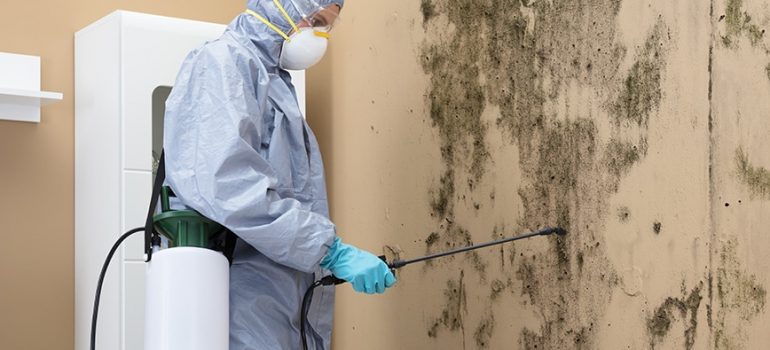Water damage incidents can wreak havoc on homes and businesses, not only causing structural damage but also leaving behind unpleasant odors. These odors can linger long after the visible signs of water damage have been addressed, creating discomfort and potentially posing health risks to occupants. In the realm of water damage restoration, professional odor removal plays a crucial role in ensuring that affected properties are not only visually restored but also free from unpleasant and potentially harmful odors.
The Source Of Odors In Water-Damaged Environments:
Before delving into the role of professional odor removal, it’s essential to understand the sources of odors in water-damaged environments. Water intrusion can lead to various issues that contribute to foul odors, including:
Mold And Mildew Growth: Mold and mildew can grow in places with too much wetness, which can give off musty or earthy smells.
Bacterial Growth: Water damage can promote the growth of bacteria, leading to foul smells associated with bacterial contamination.
Decomposition: In severe cases of water damage, organic materials such as wood, drywall, and carpeting may begin to decompose, emitting unpleasant odors.
Sewage Contamination: Water damage resulting from sewage backups or contaminated water sources can introduce foul-smelling substances into the environment.
Addressing these underlying issues is essential for effective odor removal and restoring a safe and healthy indoor environment.
The Role Of Professional Odor Removal:
Professional odor removal is a multifaceted process that goes beyond simply masking odors with air fresheners. It involves a systematic approach to identify, neutralize, and eliminate odors at their source. Here’s how professional odor removal contributes to the water damage restoration process:
Comprehensive Assessment: Professional restoration experts start by carefully inspecting the property to find the source of the smells and figure out how bad the damage is. This evaluation guides the development of an appropriate odor removal strategy tailored to the specific needs of the property.
Source Removal: To effectively eliminate odors, it’s crucial to address the underlying cause. Professional water restoration service techs use special tools and methods to get rid of water-damaged materials like insulation, carpeting, and drywall that may be hiding smell-causing substances. Eliminating these sources prevents odors from persisting or returning in the future.
Cleaning And Sanitization: In addition to removing visible contaminants, professional restoration technicians thoroughly clean and sanitize affected surfaces to eliminate bacteria, mold spores, and other odor-causing agents. This step not only helps neutralize existing odors but also prevents the proliferation of harmful microorganisms that can contribute to ongoing odor issues.
Odor Neutralization: Professional odor removal involves the use of specialized equipment and products designed to neutralize odors at the molecular level. Techniques such as ozone treatment, hydroxyl generation, and thermal fogging are commonly employed to penetrate porous materials, break down odor molecules, and eliminate odors effectively. These methods are safe and environmentally friendly, leaving behind a fresh and odor-free indoor environment.
Air Filtration And Purification: To ensure that the air within the property is clean and fresh, professional restoration technicians utilize high-efficiency air filtration systems to remove airborne contaminants and odors. High-Efficiency Particulate Air (HEPA) screens get rid of mold spores, bacteria, and other smelly particles as small as 0.3 microns. This makes the air inside your home better.
Monitoring And Verification: Throughout the odor removal process, professional technicians monitor air quality and odor levels to track progress and ensure that all odors have been effectively eliminated. Once the odor removal process is complete, verification procedures, such as odor testing and inspection, are conducted to confirm that the property is odor-free and safe for occupancy.
Conclusion:
Professional odor removal is an essential component of the water damage restoration process, addressing not only visible damage but also the often-overlooked issue of lingering odors. By employing advanced techniques and equipment, professional restoration technicians can identify, neutralize, and eliminate odors at their source, restoring a safe, healthy, and odor-free indoor environment. Whether the result of mold growth, bacterial contamination, or sewage backup, professional odor removal ensures that properties affected by water damage are fully restored to pre-loss condition, providing peace of mind to homeowners and businesses alike.

